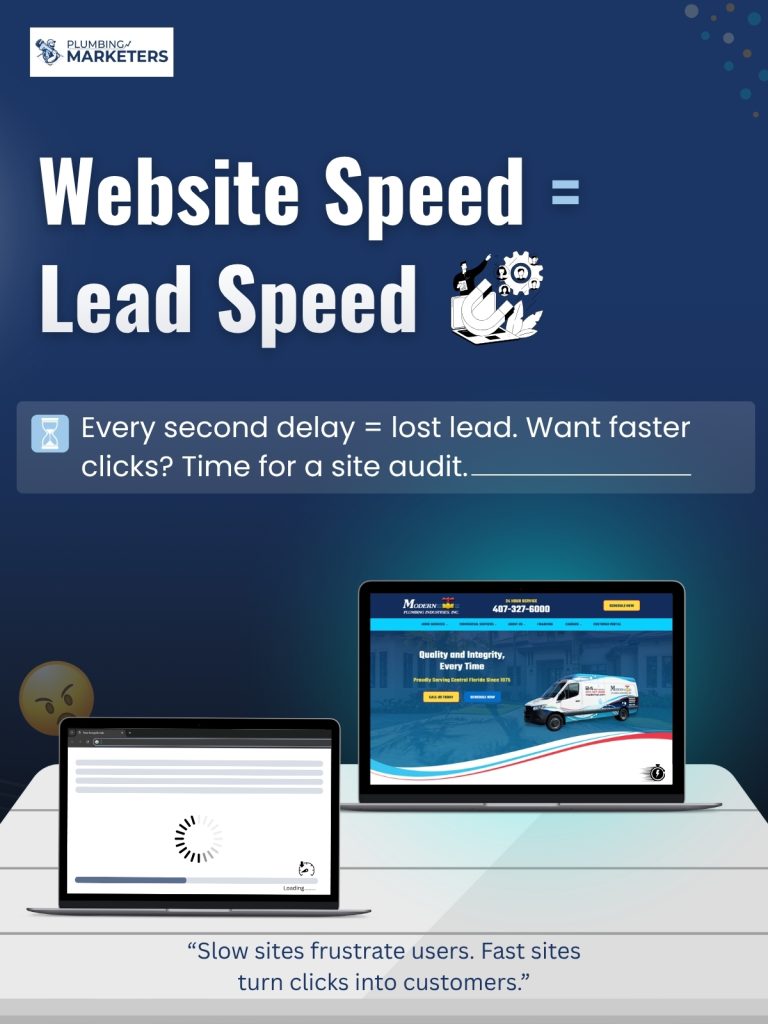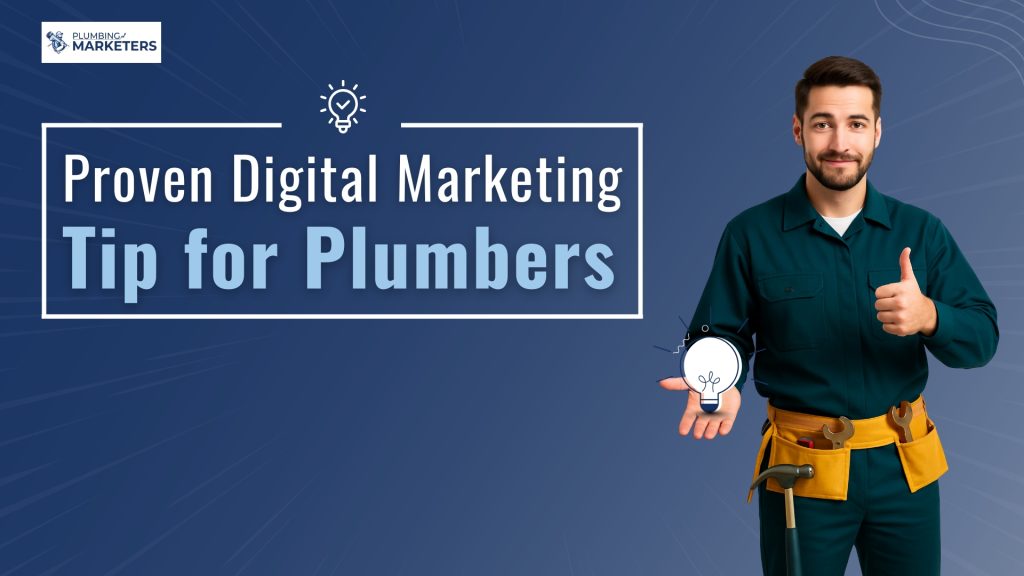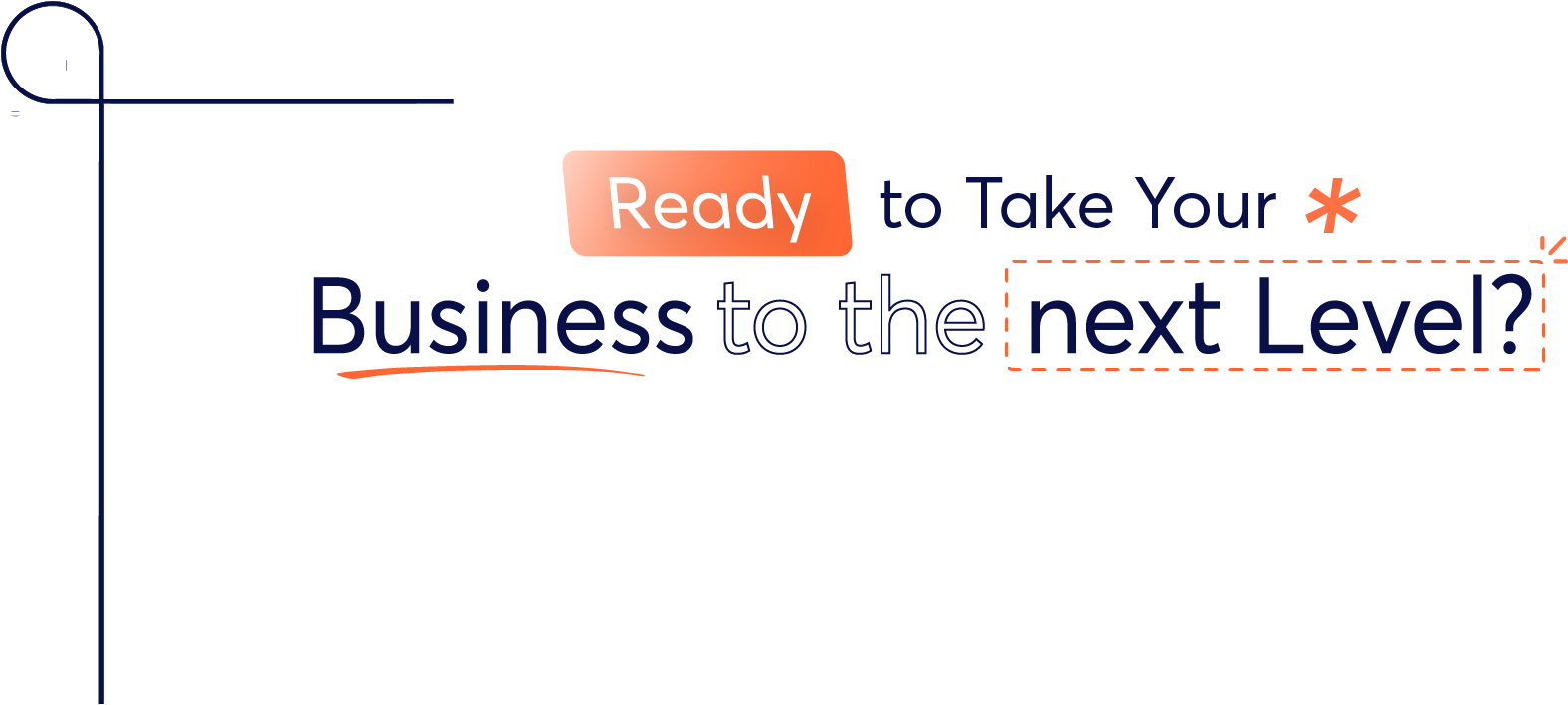Imagine this: a potential customer clicks on your ad or Google listing. They’re curious. They’re ready to learn more.
But instead of instantly loading your site…
They wait. And wait. And… they leave.
Sound familiar? In today’s fast-paced digital world, your website has mere seconds to make an impression, and if it’s slow, you lose. It’s not just frustrating for users. It’s expensive for your business.
This article dives deep into why website speed directly impacts your lead generation, how it affects SEO and trust, what’s slowing your site down, and how you can fix it fast.

The Psychology of Speed: First Impressions Happen in Milliseconds
Your website speed is often the first impression a potential customer gets of your business. And guess what?
They don’t wait for slow websites.
Here’s what the data shows:
- 1 second delay = 7% drop in conversions
- 53% of mobile visitors bounce if a page takes more than 3 seconds to load
- Google prioritizes faster sites in search rankings
If your website loads in 5 seconds or more, you’re likely losing over half your potential leads before they even engage with your content.
Slow Websites Cost Real Money
Let’s do a little math:
Imagine your website gets 10,000 visits/month. If your conversion rate is 5%, that’s 500 leads.
Now, add a 3-second delay. Based on average bounce data, you might lose 40% of those leads, that is 200 lost leads per month. Multiply that by your average customer value, and the loss adds up fast.
Speed isn’t just a technical issue. It’s a revenue issue.
How Website Speed Impacts SEO and Rankings
Google made it official: site speed is a ranking factor both on desktop and mobile. In 2021, Google rolled out Core Web Vitals as part of its Page Experience update, and speed plays a key role.
Key SEO Metrics Affected by Speed:
- LCP (Largest Contentful Paint): How long does it take your main content to load
- FID (First Input Delay): How fast your site responds to user actions
- CLS (Cumulative Layout Shift): Visual stability while loading
Slow sites suffer in two ways:
- Lower organic visibility (harder to get found)
- Higher bounce rates (less chance to convert)
So if you’re investing in content, SEO, or ads but ignoring speed, you’re stepping over dollars to pick up pennies.
The Most Common Speed Killers
Here are the usual suspects that slow websites to a crawl:
1. Unoptimized Images
Huge image files can double or triple your page load time.
- Always compress images
- Use next-gen formats like WebP
2. Too Many Scripts and Plugins
Each script adds a new request for browsers to load.
- Remove unused plugins
- Minify JavaScript and CSS
3. Poor Hosting
Shared, budget hosting = slow server response.
- Upgrade to fast, dedicated, or cloud-based hosting
- Look for providers with strong global CDNs
4. Lack of Caching
Without caching, every visitor loads everything from scratch. Use plugins like WP Rocket, W3 Total Cache, or LiteSpeed
5. Mobile Unfriendliness
Over 60% of web traffic is mobile, but many mobile sites are bloated.
- Optimize layout for mobile
- Lazy-load images
- Prioritize speed over animations
Quick Fixes to Boost Website Speed (and Leads)
Here’s what you can do right now to see measurable improvement:
Step 1: Audit Your Speed
Use tools like:
- Google PageSpeed Insights
- GTmetrix
- Pingdom
These tools tell you your load time, score, and specific issues.
Step 2: Compress & Optimize Images
Use free tools like:
Or use WordPress plugins like ShortPixel or Imagify for automation.
Step 3: Enable Browser Caching & Minification
Reduce the work browsers need to do every time a user visits.
Step 4: Choose a Fast Hosting Provider
Look for:
- SSD servers
- CDN integration (like Cloudflare)
- Fast customer support
Some good options: SiteGround, Cloudways, WP Engine, Hostinger
Step 5: Prioritize Mobile Speed
Use responsive design. Avoid heavy popups. Run your mobile site through Google’s Mobile-Friendly Test.
Real Case Study: +42% Leads with Speed Fixes
We worked with a plumbing company that had a beautiful WordPress website, but it took 7+ seconds to load.
After a speed audit, we:
- Compressed all images
- Removed 7 unnecessary plugins
- Installed caching and lazy loading
- Switched to cloud-based hosting
Results within 30 days:
- Load time: 7.3s → 2.4s
- Bounce rate: ↓ 28%
- Form conversions: ↑ 42%
- SEO rankings: ↑ 4 top 10 keywords
Website speed doesn’t just improve one thing; it makes everything else work better.
Bonus: Why Speed is Even More Crucial for Paid Ads
If you’re running Google Ads, Meta Ads, or YouTube, speed is non-negotiable.
A slow site = wasted ad spend.
Your cost per click goes up, and your return on ad spend (ROAS) tanks.
Google also uses landing page speed to determine Quality Score, which affects how much you pay per click. So if you’re spending money on traffic, but not optimizing where that traffic lands… you’re burning budget.
Conclusion
In today’s digital-first world, speed is more than just a technical metric it’s a reflection of your brand’s credibility. A fast website signals that you care about user experience, efficiency, and professionalism. Visitors may not consciously think, “Wow, this site loaded fast,” but they will notice when it doesn’t. Slow sites create friction, frustration, and doubt none of which inspire conversions. On the other hand, a fast-loading website creates an instant sense of reliability and trust. It makes your content more accessible, your calls-to-action more effective, and your business more competitive. If your goal is to generate more leads, rank higher, and earn your audience’s confidence, improving your website speed is one of the smartest investments you can make.




